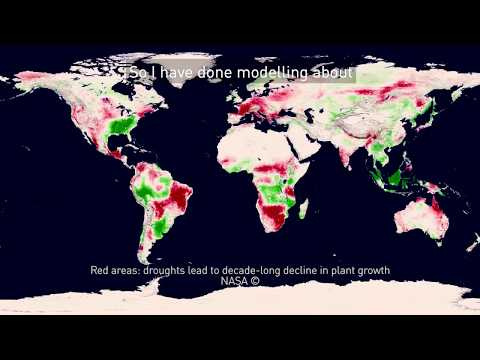Is climate change capturing the response capacity of national security forces? - Cheryl Durrant
With the recognition of the security threats posed by climate change, comes an entirely new activity scope for national defence agencies.
"Climate security threats to Australia are sort of under two categories. Firstly, in the here and now we have a lot of direct impacts from climate change. So sea-level rise, floods, droughts, fires, heat – all have direct impacts on our capabilities, our people, our bases.
We are the largest Commonwealth landowner in Australia, and most of our bases, both navy and airbases are coastal. We have done quite a detailed study into the vulnerability to climate change and these are impacting operations now. The other major climate change threat we are experiencing now is the requirement to do different types of missions and different numbers of missions.
So we have seen a trend since the 1950s for more humanitarian disaster relief missions. It has almost doubled since the 1950s. And we expect that that trend will increase, because the climate projections, both for Australia and our region, are for more extreme weather events. We cannot be doing humanitarian and disaster response simultaneously to preparing for other defence missions, because ultimately if we have more and more response to disasters, we have less and less capacity to train for other defence missions So going forward to the future, if we are not addressing climate change and mitigation and adaptation you can see a future where potentially defence forces are overwhelmed with the requirement to respond to basic humanitarian responses, but also to deal with a whole range of complications that follow on from that. So what we have done, and the idea is, we have embedded climate change as business as usual throughout our entire processes. So we have not quite completed that process yet. But certainly our white paper, our top policy document, talks about climate change. Our strategic planning processes are using climate change. Our chief of joint operations has issued an environmental security statement which sets the direction for including climate change in operational planning. I work in the preparedness area. So I have done modelling about how climate change will impact.
In our capability space we have technical risk now, so that the projects going through are looking to make sure that the new capabilities ascend to the climate impacts. And the last piece we are working for is the most important one, which is about processes about money. And that is working through our investment process, so that the new policy proposals that defence is developing are required to give consideration to climate risk. And that is happening as an informal process, but we are working now through embedding that in the rules and regulations of the Department."








